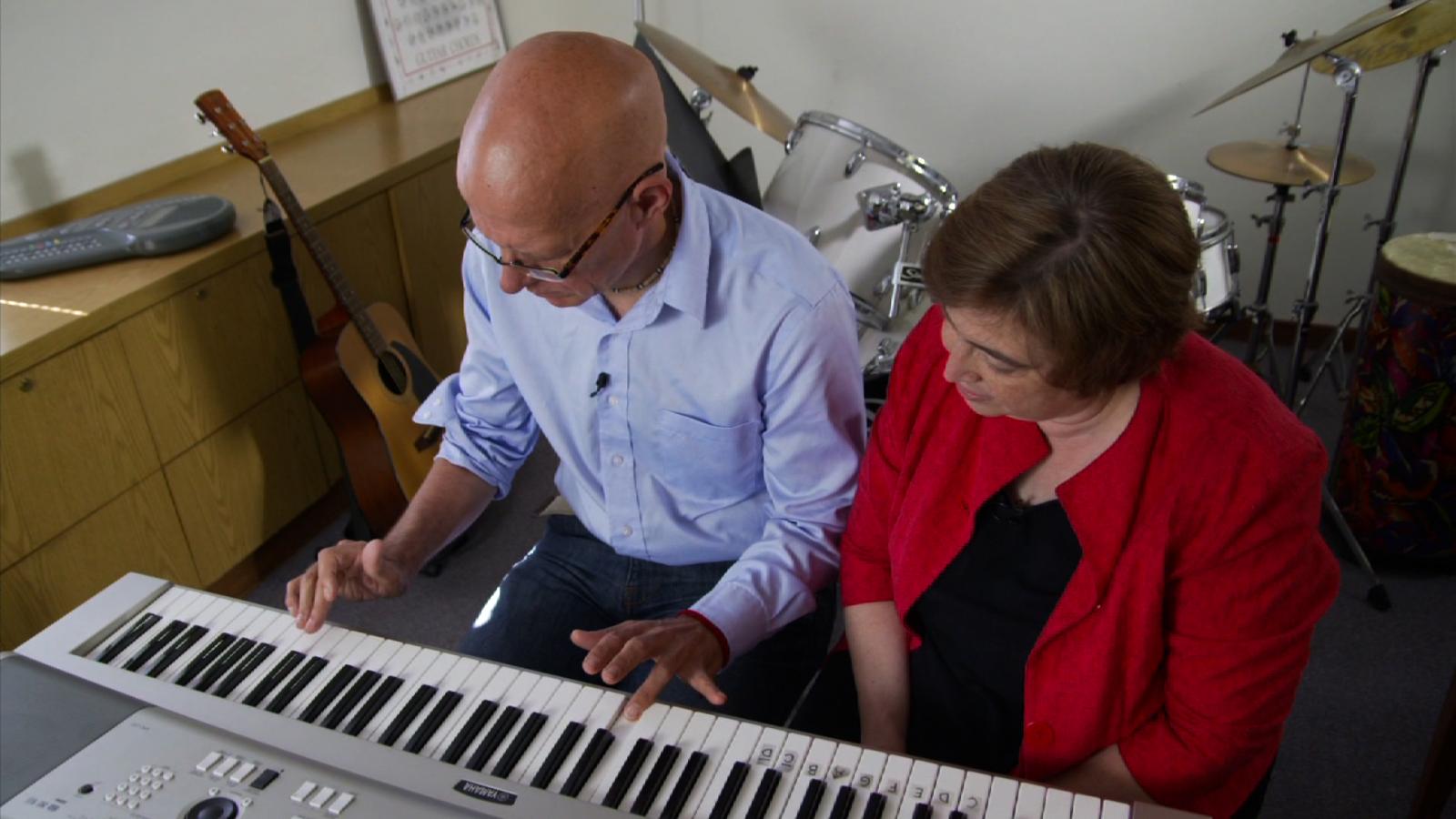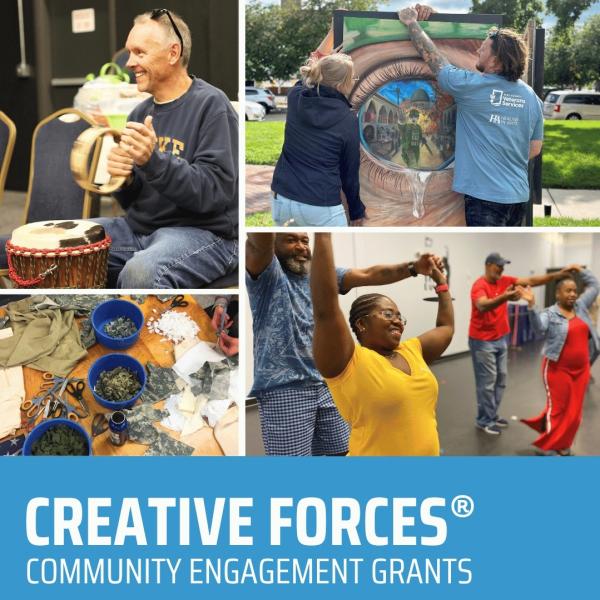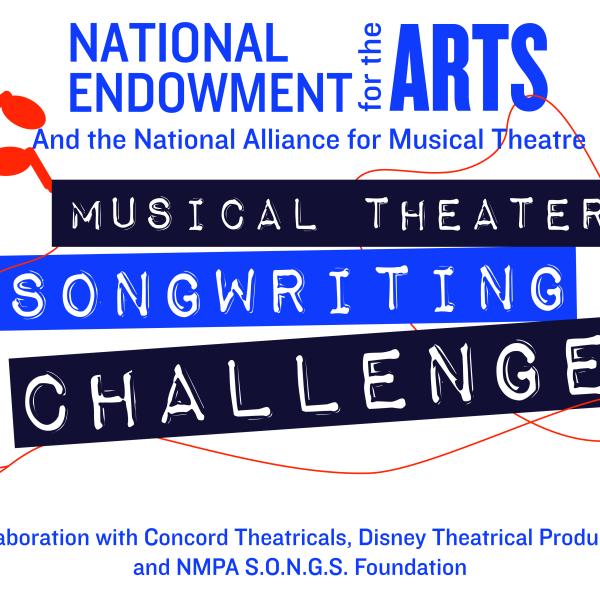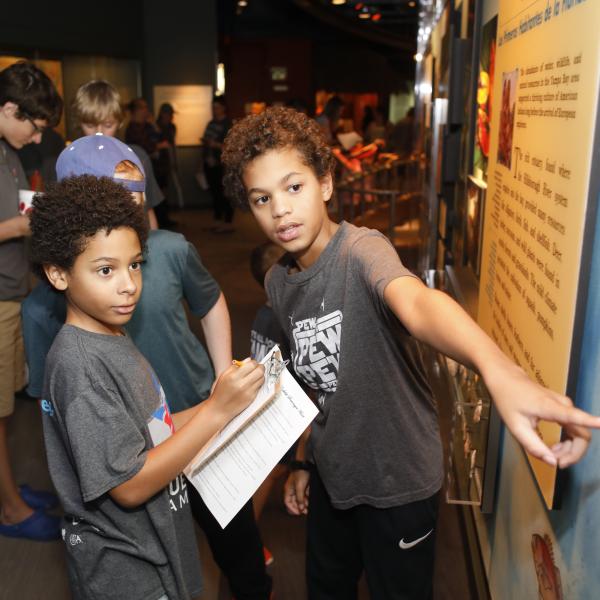Publication of NEA Guide to Community-Engaged Research in the Arts and Health

Washington, DC—In recognition of a growing movement to integrate the arts with health in community-based programs, the National Endowment for the Arts is publishing a free, online guide for researchers and practitioners. The National Endowment for the Arts Guide to Community-Engaged Research in the Arts and Health is a blueprint for collaboration among academic researchers, arts organizations, and artists aiming to study the arts’ effects on health and extend this research to arts programs or therapies. The guide is the latest in a series of resources from the Federal Interagency Task Force on the Arts & Human Development.
“Arts practitioners and biomedical or behavioral health researchers have a lot to learn from one another,” said NEA Office of Research & Analysis Director Sunil Iyengar. “This guide can help them partner more effectively in documenting and studying the contributions of community-based arts programs to positive health outcomes.”
A recent NEA report, Creativity Connects: Trends and Conditions Affecting U.S. Artists, found that “increasing numbers of artists are working as artists in other settings as more sectors are recognizing the value artists can add to their work.” With arts-in-health projects gaining in number and sophistication, rigorous research is critical for better understanding and refining this work and assessing its impact.
In contrast to traditional academic research, which might occur in settings foreign to the populations being studied, community-engaged research involves community members in some or all phases of the project, from determining study goals to sharing findings. Arts programs can be particularly well-suited for this research approach because they often are deeply engrained in community solutions. Examples are arts programs in correctional facilities, after-school programs for youth at risk, community venues for older adults and military veterans, and creative placemaking projects.
Another example is in preschool education. On December 6, 2016 the peer-review journal Child Development published an article titled, “Can the Arts Get Under the Skin? Arts and Cortisol for Economically Disadvantaged Children.” In the article, Eleanor D. Brown, PhD, West Chester University, et al., report finding lower levels of the stress hormone cortisol in economically disadvantaged preschoolers after they participated in an intensive arts class (music, dance, or the visual arts), relative to cortisol levels after a homeroom class. The study was funded through a NEA Research: Art Works grant.
The NEA Guide to Community-Engaged Research in the Arts and Health charts ways to reconcile the different vocabularies used in the arts and in research. It identifies study goals and methods, and brings community members along as equal partners in a research project. The guide further outlines the benefits for arts professionals and researchers of collaborating with each other.
Arts professionals can help researchers by:
- Providing specialized skills and methods
- Identifying questions and issues of importance
- Assisting study participants recognize the social and emotional factors related to their health
- Ensuring smooth communication
- Understand the effectiveness of their program and offer improvements
- Replicate successful programs as health interventions
- Provide greater knowledge of health conditions and appropriate measurements
- Garner support from funders, policy-makers, and community members
Contact
Victoria Hutter, hutterv@arts.gov, 202-682-5692




